
Throughout history, milk has been a crucial part of human diets, offering valuable nutrients that help young bodies to grow and develop. Yet, in modern times, our milk options have dramatically expanded – to the extent that it all gets pretty overwhelming.
Suddenly, there’s a huge selection of types of milk at our fingertips, including the various types of dairy milk, all the plant-based options, and milk from different animals, like goats and sheep. Is one type better than another? Not necessarily.
Instead, each type of milk has its own features. Some are better for coffee, some are higher in fat, some work for vegans, while others don’t. You can often use them as substitutes for milk, but their effectiveness depends on the type and what you hope to do with it.
The best approach is to find the type that best matches your needs. With so many types out there, it’s easy to find at least one that works.
P.S. While this list focuses on various milks, we can’t possibly cover them all. There are already nearly 20 commercially available types of plant-based milk alone, not to mention all the different blends and the emerging varieties that aren’t sold commercially.
24 Types Of Milk
Milk From Cows
In the United States, most of the milk we drink regularly comes from cows. This type of milk has long been a staple of American diets. Recent trends and controversies have led to an increased focus on plant-based milk. Despite this, regular milk is still produced in large quantities and used regularly.
Below, we’re highlighting the main types of dairy milk found in the United States. If you’re in a different country, some of the terms may be familiar, while others may not be.
Whole Milk

Whole milk is what the name suggests – milk without fat removed. It contains 3.25% milk fat, leading to roughly 150 calories in an 8-ounce glass.
This 3.25% means that whole milk isn’t as fat heavy as many people assume. It can easily be included in a healthy diet, especially as it offers plenty of nutrients. Some people also find that the extra fat and creaminess of whole milk keeps them satisfied, making it viable even when you’re trying to lose weight.
2% Milk

Next we have 2% milk, where the milk fat content is 2%. You’ll sometimes see this term used interchangeably with reduced fat milk, although reduced fat milk can technically have a different fat percentage.
Because the fat content is lower, 2% milk contains fewer calories than whole milk. It’s also less creamy and has a more subtle flavor. Even so, 2% milk can be a good compromise, as it is still more flavorful than the lower fat options.
1% Milk

1% milk lives up to its name as well, with just 1% milk fat. As a result, the milk is less creamy and flavorful than 2% milk, while also being lower in calories.
The term low fat milk is sometimes used instead. However, it’s important to check product labels, as low fat milk may sometimes have a different fat content than expected.
Fat Free Milk

Finally, we have fat free milk. This one also goes by the name skim milk and most of the fat has been removed. You’re normally looking at less than 0.5% fat, which leads to a watery product without much flavor.
The low fat content makes fat free milk popular among people trying to lose weight. However, you may prefer one of the higher fat types, so you get a little more flavor and texture in your milk. Similarly fat free milk mightn’t have enough flavor or texture to work well in all recipes.
Raw Milk

The milk sold in grocery stores is treated with heat, through a process called pasteurization. This heat treatment destroys harmful bacteria, making the milk much safer.
Raw milk is simply milk that hasn’t been through this pasteurization process. It is often sold from independent farms who take many steps to ensure their milk is as safe as it can be.
Raw milk advocates claim that their product has more nutrients, enzymes, and probiotics than heat treated milk. They also suggest it can be produced in a hygienic way that minimizes the risk of harm while maximizing benefits.
Currently, most health professionals and agencies caution against using raw milk, especially for children and people with compromised immune systems. If you are going to try raw milk, it’s best to do so cautiously and make sure you trust the source.
UHT Milk

UHT stands for Ultra-High Temperature and is a form of processing used on milk. When processed in this way, milk can be stored in sealed containers for three to six months, without any refrigeration.
As a result, UHT milk is fantastic for emergencies. You might also simply keep a carton in your cupboard, so you always have milk on hand for baking.
The processing does also change the flavor of the milk, making it taste a little ‘cooked’. It can also seem a little creamier because of how proteins change. That said, these differences are subtle enough that you mightn’t notice them at all.
Lactose-Free Milk

Lactose is a natural sugar found in milk and milk-based products. It’s significant because people vary in their ability to digest it. If you are lactose intolerant, you’ll get side effects like stomach cramps, gas, nausea, and diarrhea from lactose.
Lactose-free milk is a way around the issue. This is regular dairy milk that has been treated with the lactase enzyme (the same enzyme our bodies use in lactose digestion). This enzyme breaks down the lactose and makes the milk easier to digest. Filtration may also be used to remove more lactose.
Removing lactose like this gives you a product with a similar flavor and nutritional profile as regular milk. However, it isn’t suitable for vegans or people allergic to milk protein.
A2 Milk

You may have also seen A2 milk. This type of cow’s milk primarily contains A2 beta-casein protein, while regular cow’s milk is heavy in A1 beta-casein protein instead.
The milk comes from specific cows, ones that are genetically predisposed to produce the A2 protein (don’t worry, there’s no genetic modification involved!). A2 milk is more expensive than regular milk, but it is thought to be easier to digest.
While evidence for the milk is mixed, plenty of people drink A2 it regularly. It could be worth trying if you get side effects from regular milk.
Flavored Milk

Chocolate, strawberry, banana, and many other flavors can be included in milk, making it taste even better. Some versions rely on artificial ingredients, while others have a much greater natural focus.
You can even make your own flavored milk using regular milk and an ingredient like cocoa powder or instant coffee. Of course, the difference in taste makes flavored milk unsuitable for some situations, like baking.
Milk From Other Animals
Cows aren’t the only potential source of milk. Other animals can be used as well (and often are in some parts of the world). Here are a few of them.
Goat Milk

Goat milk has become a niche market in the United States, one that’s becoming increasingly popular. Part of the appeal is digestibility, as the milk may be easier to digest for people with lactose intolerance.
The milk is often thicker than cow milk as well, which can be appealing. The biggest challenge is the flavor, as goat milk can have an unusual flavor. Thankfully, this flavor is normally the result of poor handling, so it won’t always be present.
Sheep Milk

Then there’s sheep milk. This is most well-known as an ingredient in cheese, rather than a source of milk.
Still, if you can find it, sheep milk may be easier to digest than milk from cows. It also tends to be rich and somewhat sweet, with a mild flavor. As a result, some people prefer the taste of sheep milk over cow milk.
Water Buffalo Milk

Water buffalo milk isn’t that common in the United States. It’s much more often used in Asia, particularly in Pakistan and India. The milk’s high buttermilk content makes it fantastic for making cheese, although it can be used in many other ways as well.
While water buffalo milk is uncommon in the United States, it is produced and sold in a few places. You might be able to find some with a little hunting around.
Plant-Based Milk
Milk can be broadly defined as the liquid that mammals use to feed their young, meaning that products like soy milk and almond milk aren’t technically milk at all.
Still, the term milk is now used for many different milk-like drinks. In particular, if the liquid mimics some of the properties of milk and is used in the same ways, then it might be categorized as a type of milk (or milk alternative).
The entries below all fall into that category of milk-like drink. They’re all made from plants, making them perfect for vegans, plus anyone sensitive to lactose or the proteins in cow’s milk.
Soy Milk

Soy milk is a popular milk alternative. It’s made from soybeans that have been soaked, ground, and then strained – creating a fairly neutral liquid with a slight beany flavor.
There are now many different soy milk varieties available, including sweetened and unsweetened versions, plus flavors like chocolate and vanilla. Some versions may also be fortified with extra nutrients to make them more nutritious.
Soy milk is thicker and contains more protein than many other plant-based milks. This makes it excellent as a milk substitute in baking and many other situations.
Almond Milk

Almond milk can be made by soaking almonds for a few hours, blending them with water, then straining out the almond pulp. The approach creates a nutty and slightly sweet liquid.
The nuttiness of the milk is most obvious with unsweetened almond milk. Any added flavors or sweeteners easily mask the nutty notes. Sometimes the nuttiness won’t be noticeable at all.
There’s also the texture to think about. Almond milk is one of the thinnest types of plant-based milk, largely because it’s mostly water and is low in fat. This thinness makes almond milk unsuitable for some situations, like when you’re trying to make a thick and creamy sauce.
Rice Milk

Rice milk is created in a similar way to almond milk and is another thin liquid. It has a mild flavor with slight sweetness, although some people notice a slight graininess or chalkiness as well.
The low fat content makes this an excellent type of plant-based milk for weight loss. It’s also free from major allergens, making it helpful for people who can’t consume almond or soy milk.
Still, rice milk isn’t always suitable. One issue is the carb content, which is too high for keto dieters and might be a problem for diabetics too.
Another problem is arsenic, as rice can absorb arsenic if the chemical is in the soil. Manufacturers should be taking steps to limit the arsenic content. Still, this is a reason to avoid drinking large amounts of rice milk daily.
Coconut Milk

Coconut milk is one of the richest and creamiest types of plant-based milk, partly because of its high fat content. The milk is often used in cooking, particularly in curries. You’ll even see it used in cocktails.
Despite the high fat content, coconut milk is often considered healthy. This is because it contains MCTs (medium chain triglycerides), which are a type of saturated fat associated with a variety of health benefits.
That said, coconut milk’s fat content is highly variable. The version sold in cartons as a milk substitute is often diluted, creating the right texture for your drink. In contrast, coconut milk from the can is much higher in fat. This type is often used for cooking rather than drinks.
The one other thing is the taste. Coconut milk does have a distinct coconut flavor, which works well in some situations and poorly in others.
Oat Milk

Oat milk is an interesting choice. It’s made by soaking oats, blending them with water, and then straining the mixture. However, the resulting liquid isn’t as thin as you might expect. It ends up being surprisingly creamy due to the beta glucans in oats (these are a type of soluble fiber).
This also means that oat milk contains a decent amount of fiber. That’s a powerful feature, as most other plant-based milks contain barely any fiber at all.
Oat milk is also an allergen friendly choice. Just be sure you choose a brand that wasn’t produced in facilities that also handle wheat or nuts.
The biggest issue with oat milk is the carb content. This is higher than many other options and there can be a decent amount of sugar too. You’ll need to weigh up whether these features work for your needs.
Cashew Milk

Cashew milk is a surprisingly creamy product. This is partly because cashews themselves are high in fat and partly because of the blending process.
The milk is an excellent addition to coffee due to its creaminess and mild flavor. You can even make cashew milk at home, which helps you avoid any unwanted additives.
Macadamia Nut Milk

Macadamia nut milk has many similarities to cashew milk. That makes sense, given that macadamia nuts and cashews are both high in fat. The milk has a delicious sweet and slightly nutty flavor, one that’s subtle enough to work in many different recipes.
However, macadamia nut milk is harder to find than many other plant-based milks and can be more expensive. This can be frustrating, especially if you use large amounts of milk. You might need to reserve this one for special occasions.
Hazelnut Milk

Then there’s hazelnut milk. This is another smooth and creamy option. The slightly sweet and nutty flavor is more pronounced than in many other nut milks and it can even have subtle roasted or chocolatey flavor notes.
The flavor profile works well in many situations, including coffee and baking. In fact, this is the perfect product when you want something a little bit different.
Beyond these features, there’s the environmental impact to consider. Hazelnut milk is often considered a good choice for the environment, as the water requirements are relatively low.
Pea Milk

Pea milk is less well-known than the other entries, but it’s starting to become more popular as time goes on. The milk is a little different than normal, as it is made from pea protein that has been extracted from yellow peas.
Because we’re talking about extracted pea protein, the process of making pea milk is a little more complex than normal. There may also be extra ingredient additives, like vegetable oils to improve the texture or natural flavors to make it taste better.
Despite the extra steps and ingredients, pea milk can be appealing. For one thing, pea milk contains more protein than most non-dairy milks, which makes it more filling and may be relevant in some recipes. The production of pea milk also uses less water than almond milk and similar products, making it more sustainable.
Chickpea Milk

Then there’s chickpea milk, which is indeed made with chickpeas. The approach is similar to other many other milks, where the chickpeas are soaked, blended, and then strained.
The resulting milk has a mild and slightly nutty flavor. There’s a slight sweetness, but this isn’t dramatic. You might not even notice the flavor or sweetness in most applications.
Chickpea milk contains decent levels of protein, fiber, and nutrients, potentially making it healthier than other plant-based alternatives. Plus, this milk is free from major allergens and can be surprisingly creamy – features that help it stand out.
The biggest issue is that that chickpea is pretty obscure, so it can be tricky to find in stores. You might need to make it yourself rather than buying it.
Hemp Milk

You guessed it, hemp milk is made from hemp seeds (hemp, not marijuana, so the milk is THC-free). The milk contains a decent amount of nutrients and protein, while also offering heart healthy omega-3 fatty acids.
Hemp is sometimes chosen for its environmental impact as well, as the plant grows quickly and doesn’t require many resources. This is much better than most of the nut-based milks, which often aren’t very environmentally friendly at all.
Barista Plant-Based Milk

Finally, there’s barista plant-based milk. The term refers to products created specifically as a milk substitute in coffee. Such milks may have extra fat and protein to help the product froth, along with stabilizers to prevent it curdling with hot coffee.
Some of these products rely on just a single type of plant-based milk, with oat and soy both being helpful choices. Others may use a blend of plant-based milks, which provides a better balance of flavor and texture.


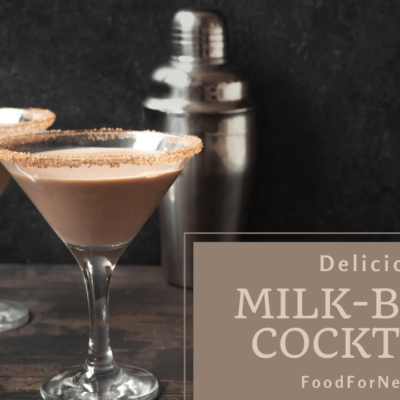
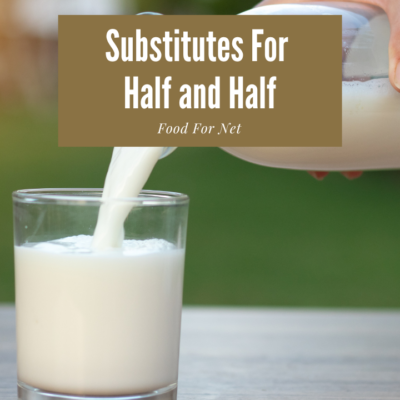
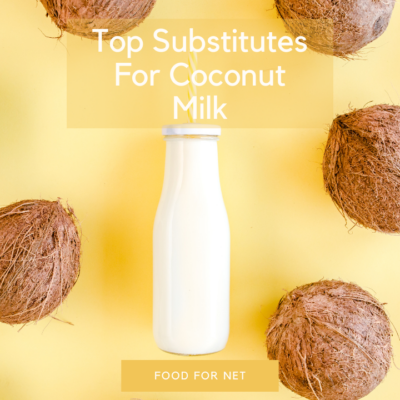
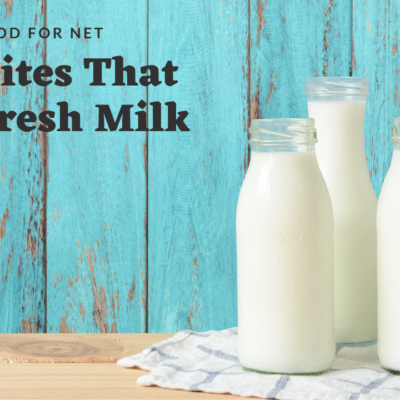
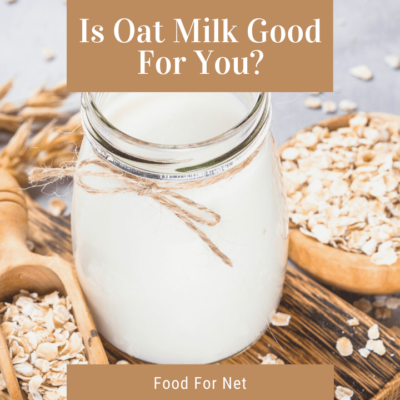
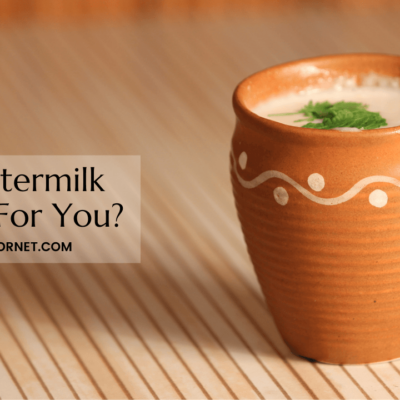
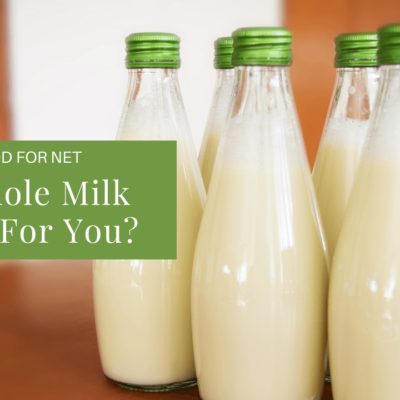
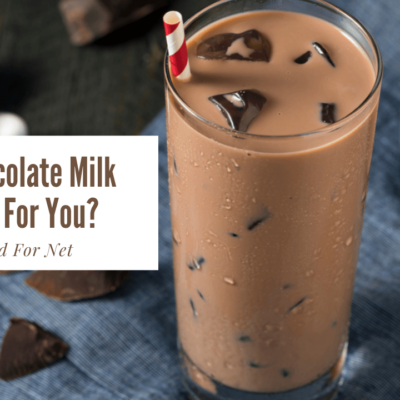
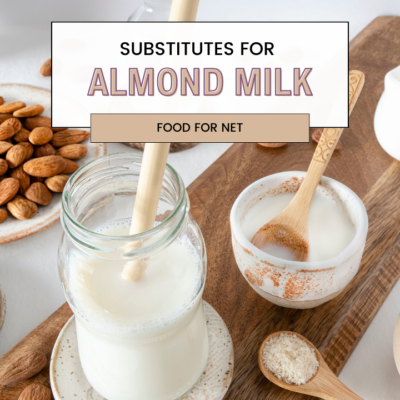



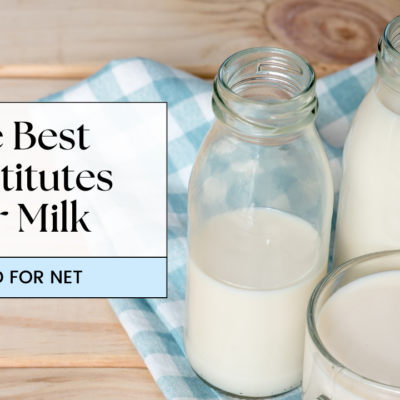
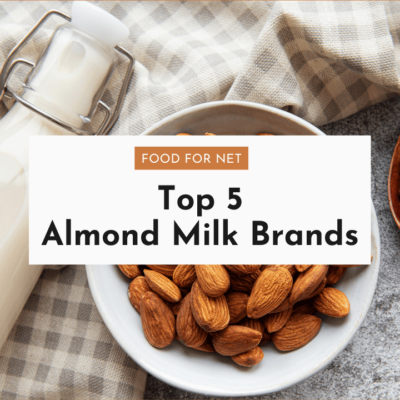
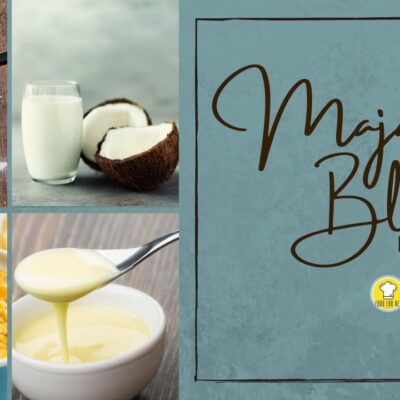
 31 Delicious Types Of Sandwiches
31 Delicious Types Of Sandwiches